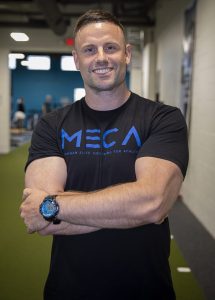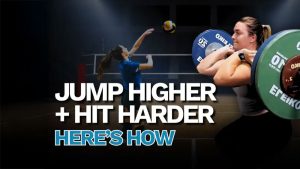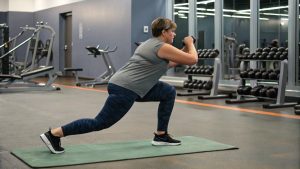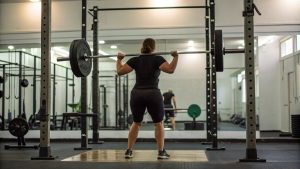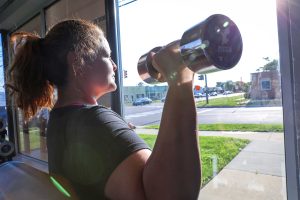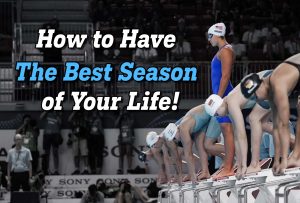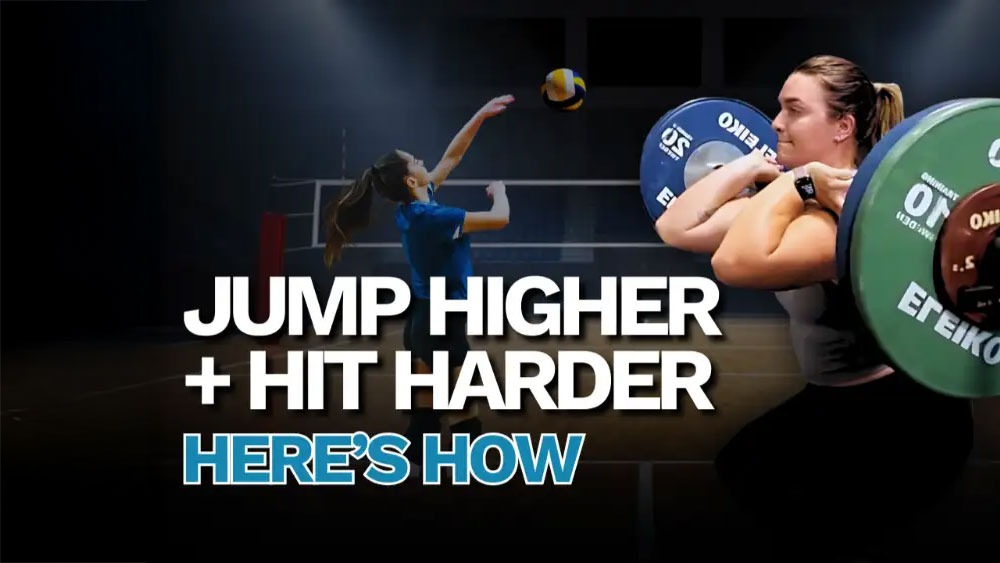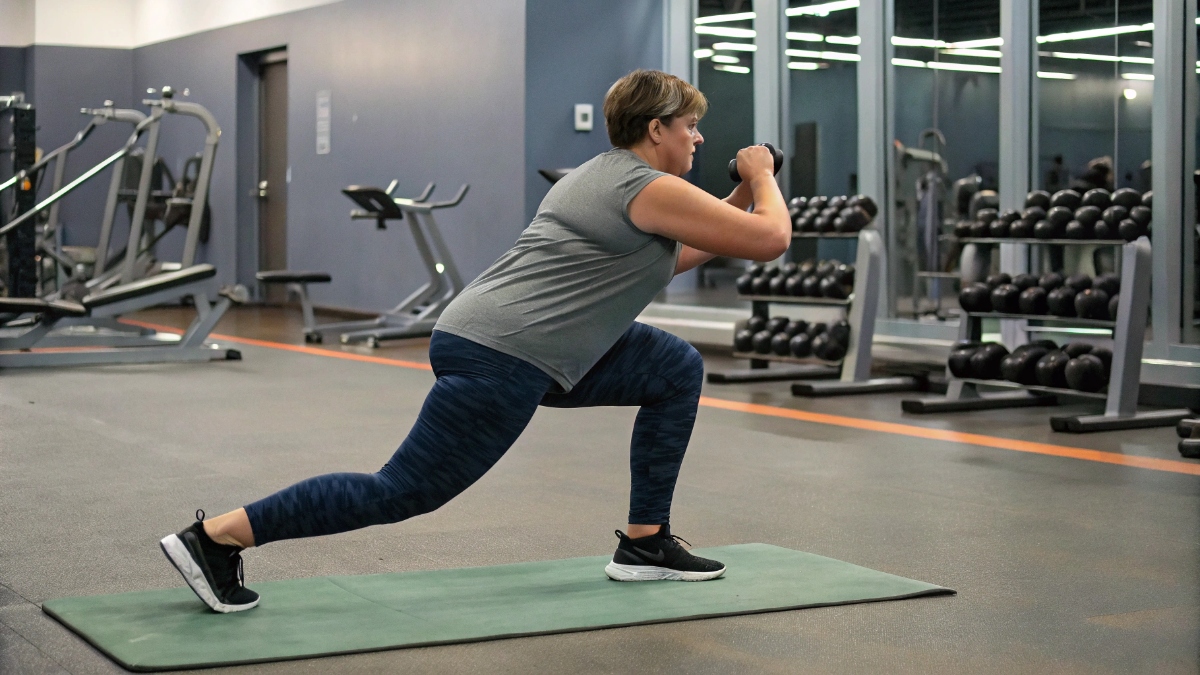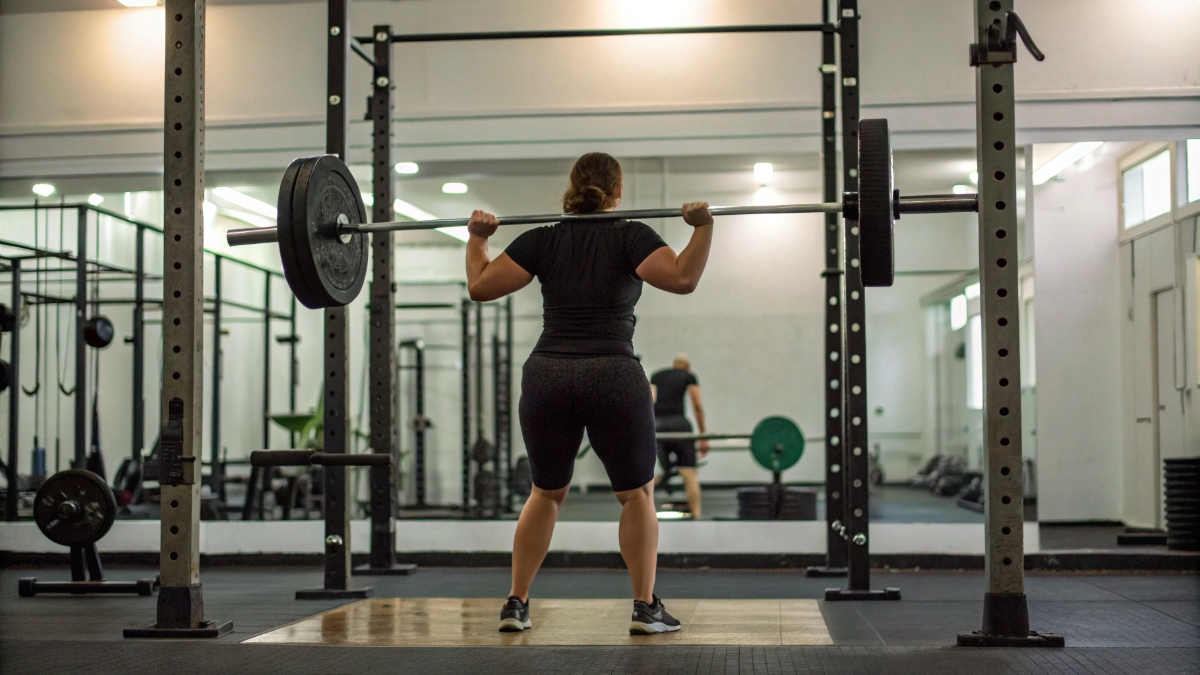Unlocking Peak Performance: Secrets to Beating Your Triathlon Personal Record
Endurance athletes train incredibly hard and are some of the toughest people I know. Many of the athletes we train are pushing their bodies to extremes, while holding down a fulltime job and running a family! Training and competing are an amazing “break” from the stresses of life and give many of us that much needed outlet both physically and mentally. However, with many if not all of us hard driving athletes, there comes a point when we begin to breakdown, start to plateau, and struggle to keep up the demands of training we feel necessary to be successful. This becomes a critical point in an endurance athletes’ career. And if done correctly, can bring joy, happiness, and a sense of satisfaction to training and competition. However, often, the approach is to grind through the pain or injury. This violates 2 Laws of physical performance. The first being “Inputs must equal or exceed the outputs”. For endurance-based athletes, these inputs or countermeasures as I like to call them are the big 3. 1) Strength Training 2) Rest and Recovery 3) Nutrition that supports your performance goals. The 2nd law of physical performance is the is a “law of diminishing returns” meaning that the more you do something the less you get back from it, as the body is quick to adapt. And adaptation leads to stagnation. This is why counter measures and developing multiple physical qualities like strength are so important. So, let’s dive into the solutions that are the secrets to staying healthy and setting that PR this year!
Solution 1: Strength Training
Strength Training is the counter measure to endurance work and should take priority in the offseason. Resistance based training is incredible for the endurance athlete because it does three things. First, strength training is anabolic meaning that it is muscle and bone building. Many sports, especially running at long distances are catabolic in nature. Meaning that they can lead to a loss or breakdown of muscle and bone tissue. This problem can be combated with proper strength training and nutrition. To be fair, almost all team sports are catabolic in nature. My good friend and expert strength coach, Ben Prentiss who has trained countless hockey Superstars like Max Pacioretty and Jeremy Roenick, told me that it is not uncommon for hockey players to lose 10-15 pounds of muscle during the season which spans 82 games not including playoffs. I typically see most of my NFL athletes lose 5-10 pounds of muscle and increase their body fat percentage between 3-5 points. So, this isn’t just an endurance athlete problem. Most sports that we compete in at a high level are catabolic in nature. We just need to make sure the right counter measures are in place to help aid us as we train and compete. The second benefit to strength training is that getting stronger improves your speed by improving your amortization time and propulsion. Amortization time or the ‘stances phase’ is the time your foot spends on the ground when you’re running. The stronger you are at the ankle, knee, and hip joint the shorter time you will spend when your foot strikes the ground and the greater potential for propulsion and the longer your stride will be. Strength also carries over into cycling and swimming. Proper strength development for the low back is a game changer for biking and increasing lat and shoulder strength can improve stroke power in the water. The last thing I will mention about getting stronger is that if you are able to improve your maximal strength what you are doing is building strength reserve. Meaning that if you can raise your strength levels, your submaximal work will be done and performed at a lower percentage. This allows you to train more intensely because you are stronger and able to go at a higher level or go for longer because your submaximal work is at a lower intensity.
Solution 2: Recovery
Rest and Recovery are more important than training once you have hit a plateau. This sounds very counter intuitive but let me explain. There is a concept called training economy. This means that you can only adapt to so much training or stimulus. As training and fitness levels rise, so too must the counter measures like nutrition, rest, and recovery for the athlete to adapt to the stimulus imposed on it i.e. the training. For most endurance athletes, the training plan is the priority and skipping out on an hour or two here and there of sleep is a common occurrence, especially when there are other priorities in life like work and family. I believe that this is a mistake, as once an athlete has hit a certain level of maturity – they have accomplished a certain level of fitness threshold. More and harder training isn’t the answer due to the law of diminishing returns. Sleep, rest and recovery need to be number one. Sleeping well has several positive benefits. First, athletes who sleep between 7-9 hours per night can train harder and longer during training sessions. Also, properly sleep is necessary for optimal hormonal function. The rigors of training are real and if athletes are not fully recovering, various functions of the body like metabolism, thyroid, and testosterone can be suppressed or negatively affected. This is not what we want for our health. If our health goes, eventually so will our performance. There are things that we can do to speed up our recovery. The first is deep tissue massage. This is a hack for recovery and optimal performance.
Deep tissue massage has 3 specific benefits
- Lowers Cortisol’s – the stress hormone which is elevated during training and competition
- Increases Blood Circulation – which improves/speeds up recovery time
- Decreases Pain and inflammation in the body
There are a lot of good massage therapist available. My go to is Jeff Kong’s business, Tri-Covery Massage and Flexibility. Their therapists are well trained to work with endurance athletes, and they have over a decade of experience understanding the nuances of the sport. Personally, working with Jeff and his company have been extremely key in allowing myself to play basketball again after having to take 15 years off due to debilitating pain from an old college football injury.
Solution 3 – Nutrition that supports your training and performance goals
Most athletes, and especially endurance athletes are underfed – not necessary in calories consumed, but in the nutrient density coming from those calories. Carbohydrates are a high-performance fuel and for good reason, but the missing link for most of us is protein. Specifically getting in enough protein to support our training and performance goals. A good recommendation for most athletes is to get 1g of protein per pound of body weight. For example, if you weight 170 pounds you would want to eat around 170 grams of protein per day. I can give you a quick example of what this would look like.
- For breakfast this would be 3-4 eggs and 3-4 chicken sausages (around 50g of protein for breakfast
- For lunch a 6oz salmon salad with some nuts or avocado – 35-40g of protein
- Post Training Workout – 30-40g Protein Shake, Beef, Whey, Vegan all work
- Dinner is Roasted Turkey and Mixed Veggies another 40g of protein
- Bedtime snack* Icelandic Yogurt with mixed berries (15g of protein)
I know this sounds like a lot, but in all reality, this is probably what is necessary at a basic level to help your body function optimally and recover from the demands of the training you are imposing on it. Finally, I am a big fan of basic supplementation. Supplementation is exactly that, supplementing a good already in place diet of whole nutrient dense foods. Here are the basic supplements that I recommend for Triathletes to support their training.
- Electrolytes – Being properly hydrated doesn’t just mean drinking water. Adding electrolytes is an essential component in hydration. I preferer electrolytes from Cwench Hydration because they contain all 7 electrolytes and the ingredients they use are well sourced. Bonus is that they taste great. This is the only supplement that my kids love to take! (You can pick up in stores)
- Greens – Greens help to alkalize the body and improve micronutrient status. Here is the product that I am currently using that I really like.
- Protein Powder – is a quick and easy way to hit your protein goal. Taking protein powder after you workout is a great idea to help you recover faster from your training session.
I could go into more detail about nutrition than just talking about protein and there is plenty of additional supplements that someone could take. However, I believe that these are foundational for hard training endurance athletes who want to make sure that they are recovering properly and giving themselves the best chance to be successful while avoiding setbacks.
As a strength coach, one of my favorite populations to work with is Triathletes. So many of them love this sport and work hard at bettering themselves. I wanted to write this article to give the 3 solutions I felt are often missing or not properly addressed in the training plan. My final recommendation would be to see Sport Specific experts in endurance training and that is Adams Sports Medicine, who have multiple locations across Southeast Michigan. Brian Adams the founder is of the business and is an incredibly accomplished endurance athlete himself. Along with providing physical therapy, his company specializes in bike fitting and gait analysis. Being properly fitted and looking at running mechanics can be the just the thing you need to do this year to go faster and farther all while staying pain free.
Cheers,
P.S. please feel free to ask any questions you might have on this article or in fitness in general I would be happy to respond! –
Here is the link for the downloadable stretch guide –
To book an assessment click here to our website and fill out the contact form.



